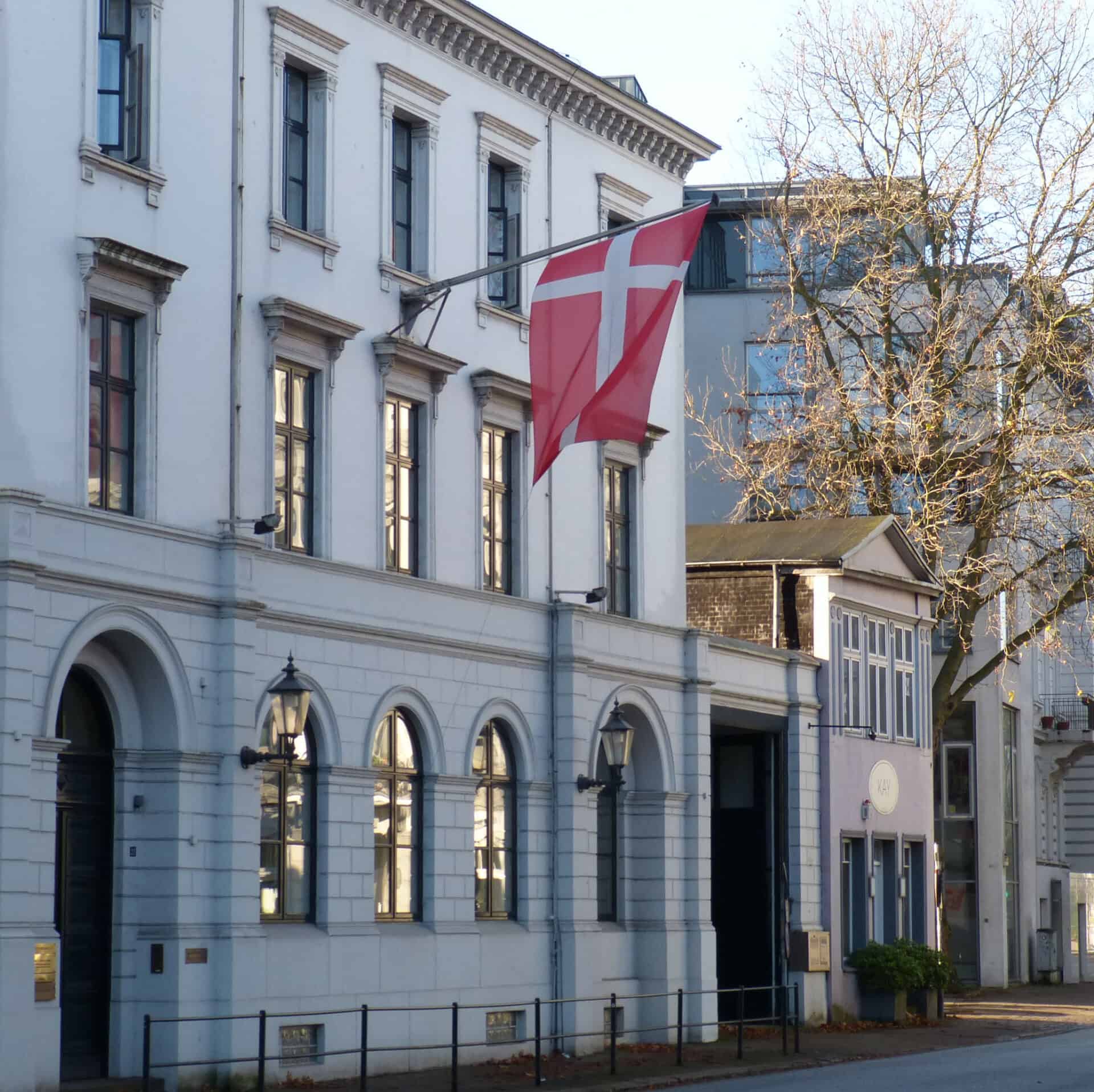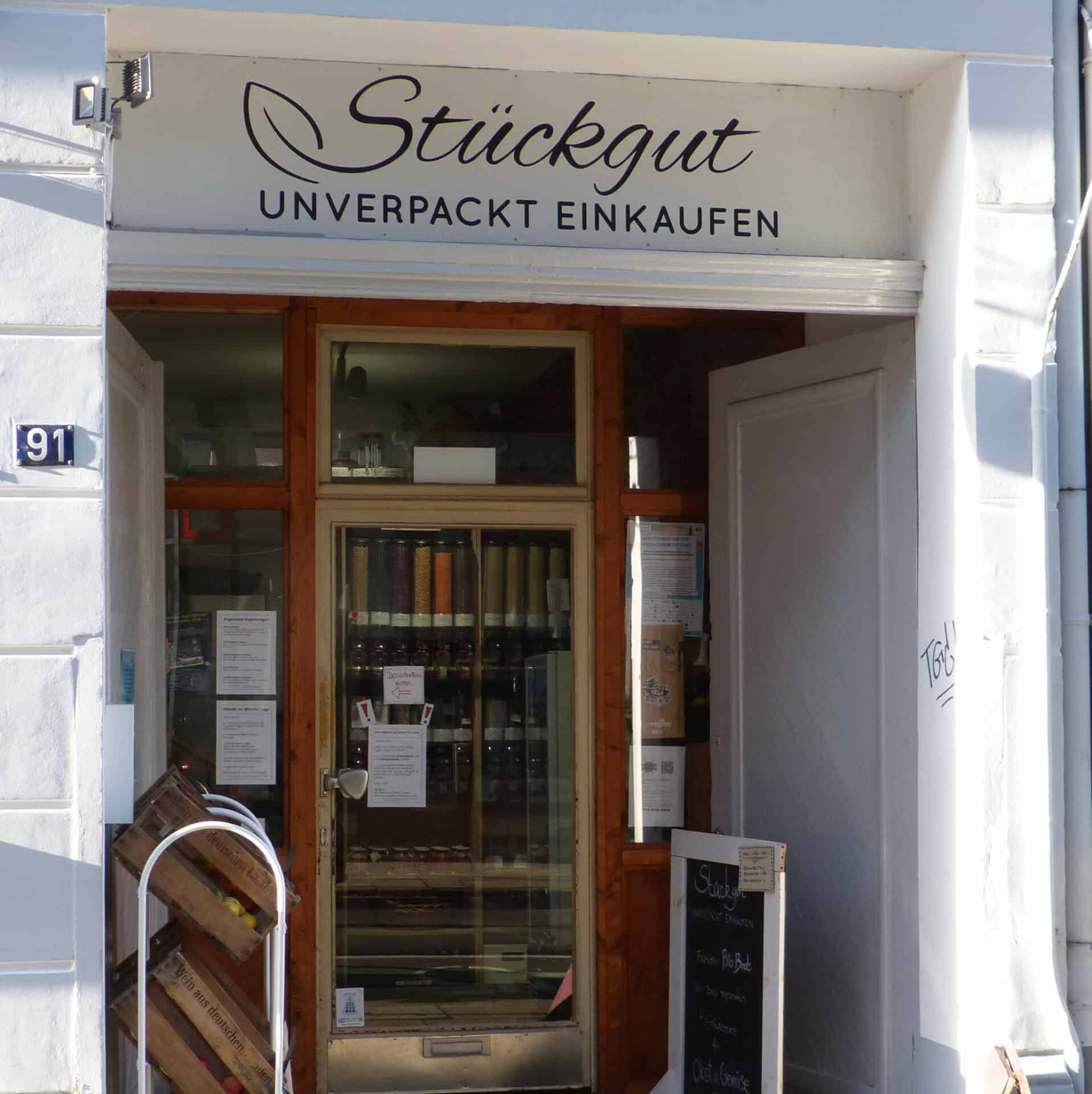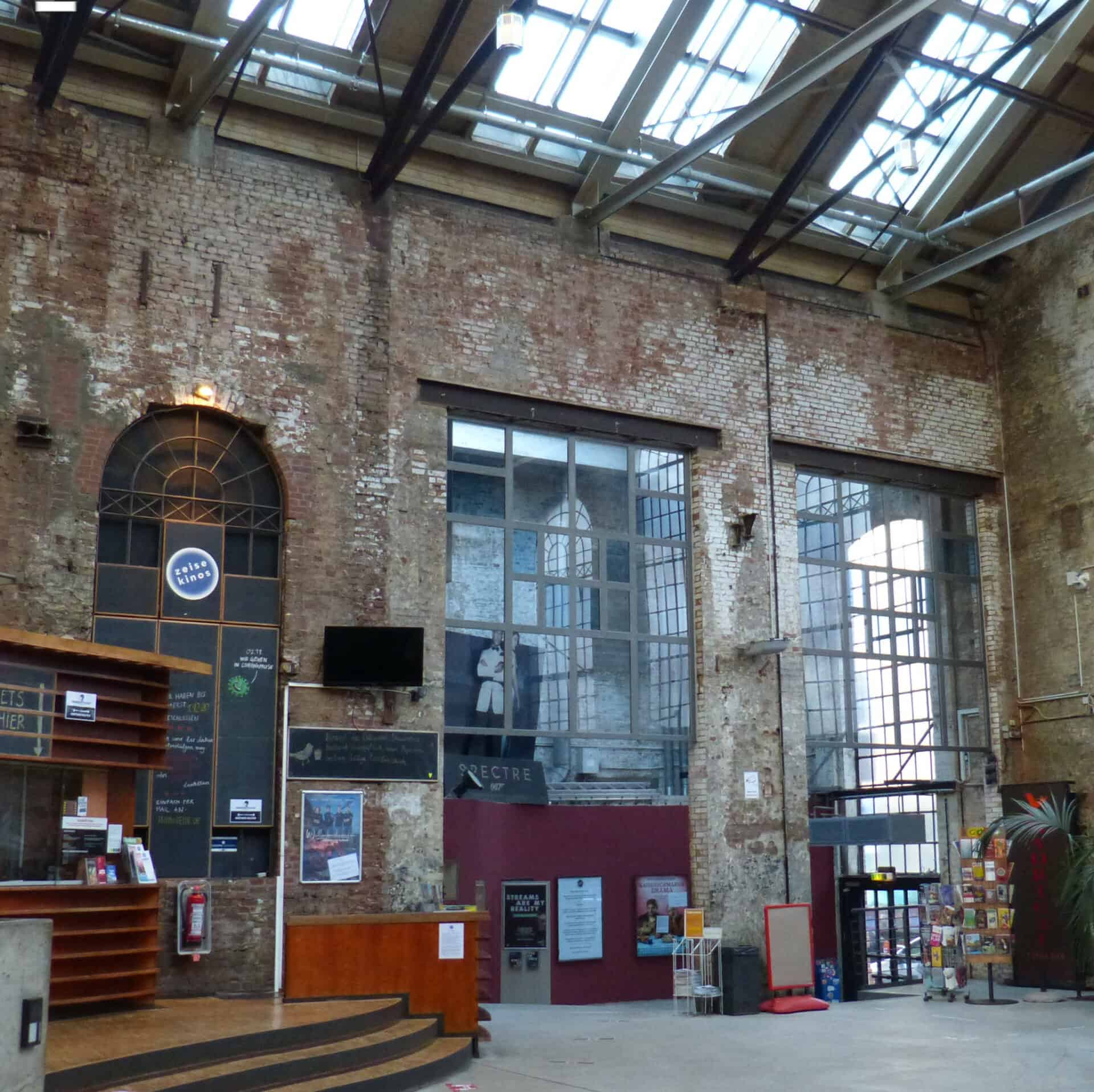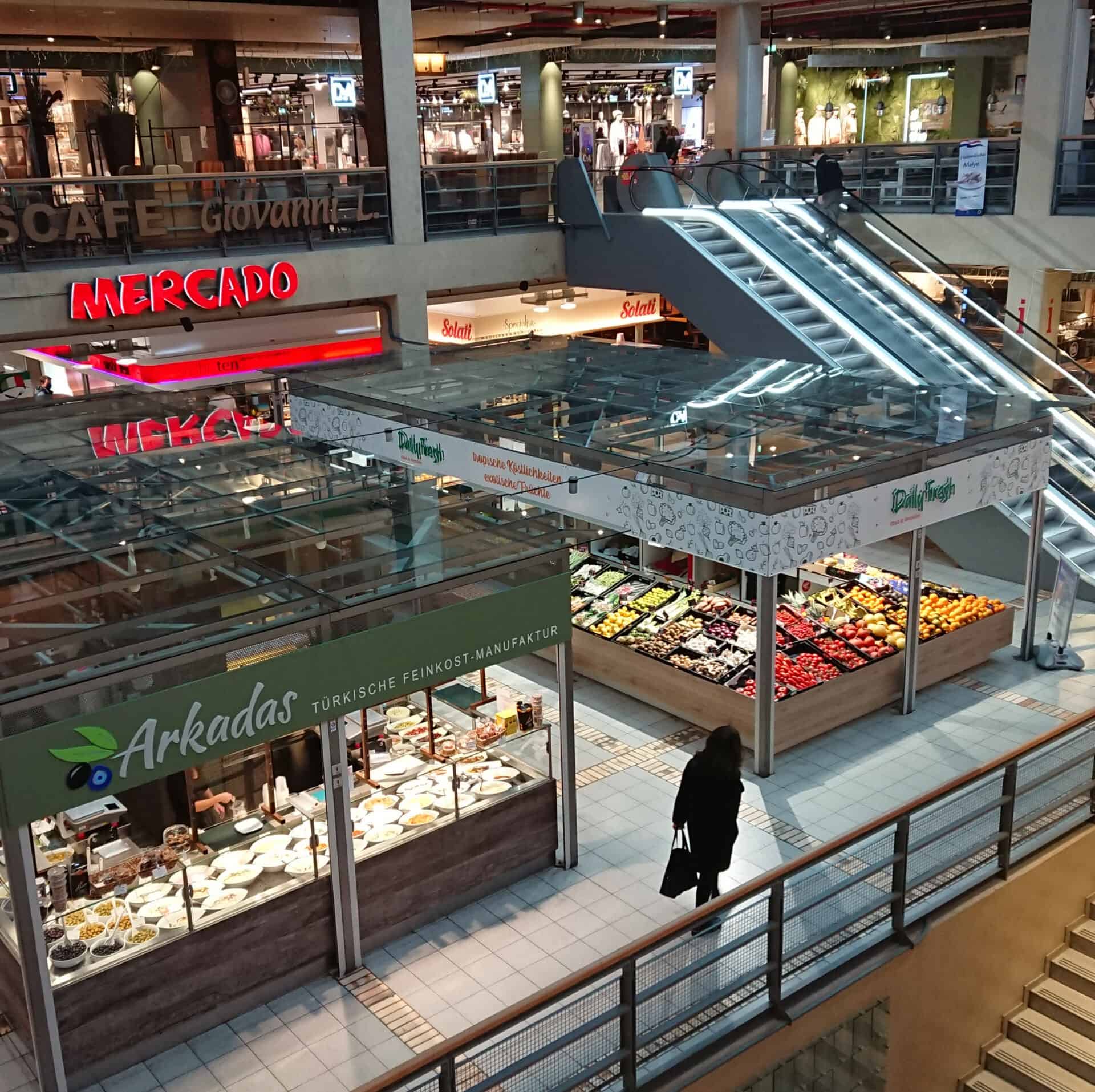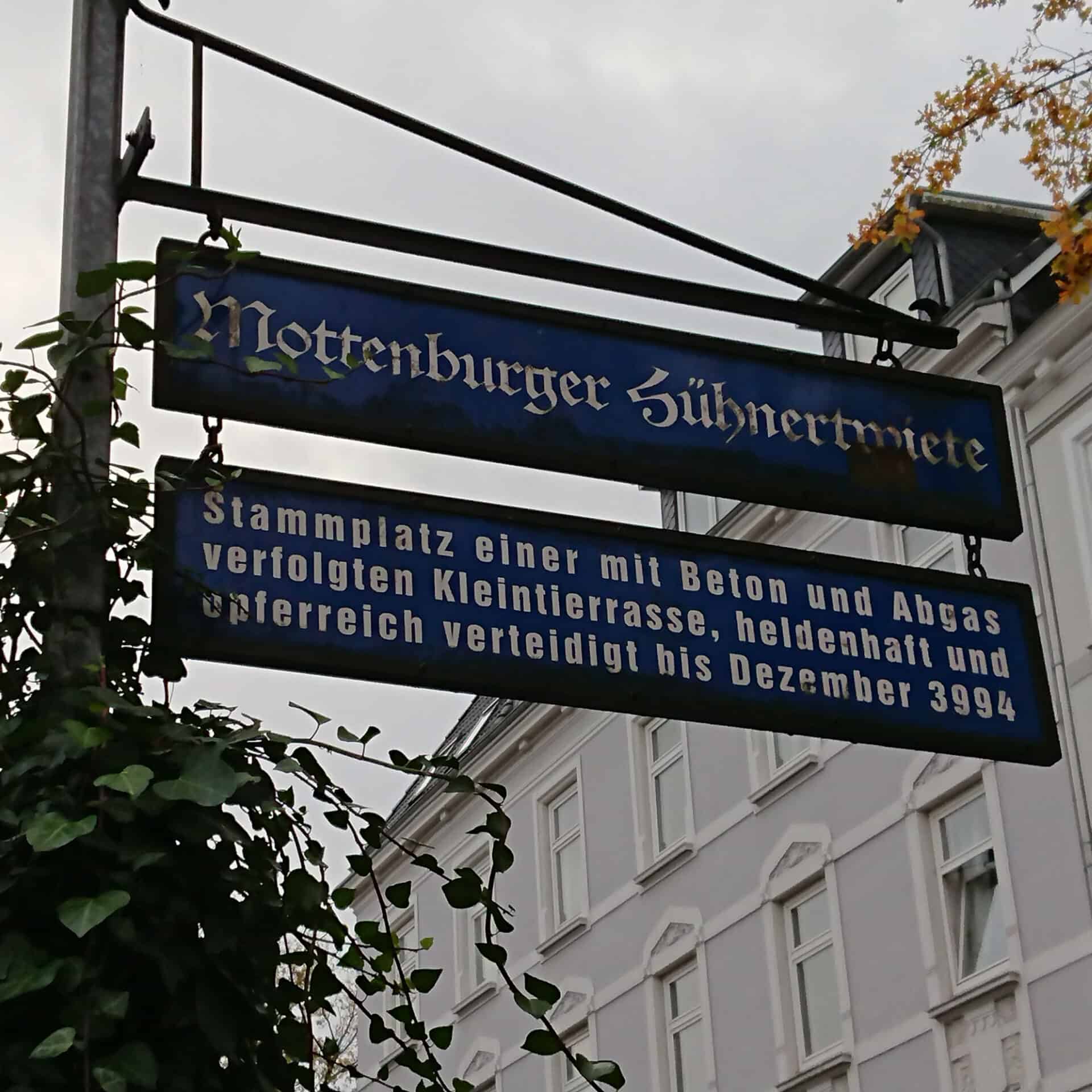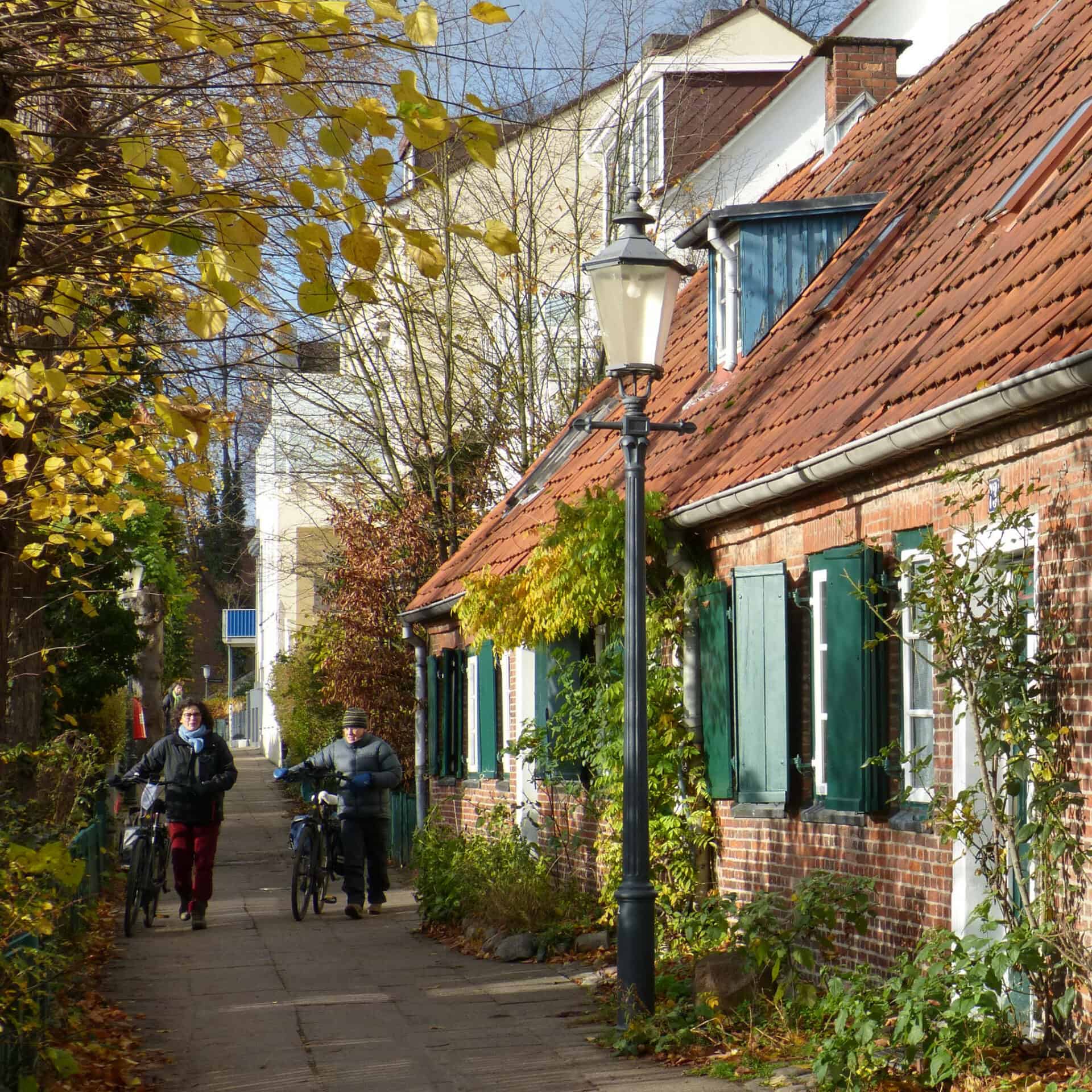Walk through Ottensen with the Hamburg Greeters
Continue to reinvent yourself
. 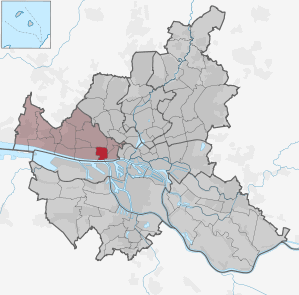 Ottensen is a district that has had to reinvent itself again and again: from a farming village on the outskirts of Altona to a center of North German iron processing to an industrial wasteland, from a red working-class neighborhood to a hip residential district with middle-class and multi-ethnic residents. In addition, it is known today as a colorful scene quarter, which stands for alternative shopping, diverse cultural facilities and for a meeting place of younger party people.
Ottensen is a district that has had to reinvent itself again and again: from a farming village on the outskirts of Altona to a center of North German iron processing to an industrial wasteland, from a red working-class neighborhood to a hip residential district with middle-class and multi-ethnic residents. In addition, it is known today as a colorful scene quarter, which stands for alternative shopping, diverse cultural facilities and for a meeting place of younger party people.
So Ottensen is a perfect background for a walk with Hamburg Greeters !
Discover hidden corners and backyards
The Danish past
A village north of the Elbe
Long before Ottensen was incorporated into Altona in 1890 as the largest village in Prussia (and fell to Hamburg in 1938 together with Altona), it was a rather tranquil village with a handful of farms on the Geestrücken above the river. The network of paths of this village can still be seen today in the narrow streets of Ottensen. The area belonged to the Danish royal house since 1640 due to inheritance disputes.
The railroad comes
In 1844, the Danes built a railroad line on the border between Altona and Ottensen, which led from Kiel to the Elbe. From the terminal station (parts of which are still preserved in today’s Altona Town Hall), goods were brought from Copenhagen over an inclined plane to the Danish free port in Neumühlen, from where they were shipped across the North Sea. The village of Ottensen became interesting for small trades (fish processing, glass blowers, cigar makers).
A border with Altona emerges
Because wealthy merchants from Altona had supported German efforts for freedom in Schleswig-Holstein, Altona was excluded from the Danish customs union “as a punishment”. Now trade flourished in Ottensen without Altona’s competition, and smuggling across the customs border also flourished. Only after the German-Danish War of 1864 did the area fall to Prussia.
Live and let live
Not only shopping
Ottensen is now considered a trendy district, where many people would like to live. Over time, some shared apartments have become neighborhoods of well-off families who are open to new ideas. This is also noticeable in the innovative range of stores. The area around Ottenser Hauptstrasse and Bahrenfelder Strasse now attracts customers from all over Hamburg.
Springboard for new ideas
For example, “‘s Fachl” (Austrian: the little compartment) at Spritzenplatz: the store provides compartments for rent and asks, “Are you still producing or already selling?” Here, young producers can try out whether their products are well received by customers. If they are successful, they could then rent several compartments in addition or start their own business at some point in the future.
Enjoy and celebrate culture
The FABRIK (former munitions factory) started 50 years ago as a center for youth work and is now widely known as an event stage. Big names of the international music scene have already performed here. An art-house cinema has moved into Zeise factory where ship propellers were once produced. Six theaters in Ottensen and the neighboring district of Altona find their audience, and especially on weekends many people come from the surrounding area to “party big”.
Weal and woe of industrialization
Rampant production
After Ottensen came to Prussia and now belonged to the German Customs Union, the first factories of iron processing emerged. The company Menck & Hambrock employed up to 2000 workers in the production of steam pile drivers and excavators. Employment figures fluctuated by up to 40% from week to week, depending on the order situation, because the company could dismiss its workers without notice in the evening of each day.
Gulash Cannon and Propellers
The inventor and tinkerer Theodor Zeise founded an iron foundry in Ottensen and produced a mobile field kitchen, the so-called goulash cannon, for the army. His son Alfred refined the production of ship propellers. Ship’s propellers up to 9 m in diameter could be produced at 6 locations in the district. The individual parts of the plant were connected by an industrial railroad.
Structural change and gentrification
Although world market leader in the 60s, Zeise was no longer competitive in the 70s. The halls stood empty for a long time or were demolished. There were plans to erect gigantic new buildings on the now empty factory sites. But citizens’ initiatives managed to keep their playgrounds and some open spaces. The creative media industry moved into other industrial buildings and brought about considerable structural change in the neighborhood (“gentrification”).
The Mercado - a special shopping center
As diverse as this district
In the immediate vicinity of the train station, the approximately 30 market stalls in the Mercado give the impression of a Mediterranean weekly market. Together with 40 other stores and the public bookstore, the shopping center offers a wide range of specialties from many countries. Here you can find fresh fish from the North Sea, Japanese soups, oriental desserts and much more. The people of Ottens love their Mercado. But that was not always the case.
An almost forgotten cemetery changes everything
Since 1663 there was a Jewish cemetery here, the last burial took place in 1934. After the war, the department store Hertie was built on part of the site, the rest of the site became a parking lot. In 1988 Hertie was demolished, a larger, modern shopping center was to be built. Many Ottensen residents were against it, fearing an increase in car traffic. And then orthodox Jews protested against the desecration of their cemetery. It even became top news in the US.
A compromise became possible
The new shopping center was finally built without an underground garage, the previously untouched parking lot was capped with a concrete slab, and an info wall commemorates 350 years of Jewish burials here in Ottensen.
New life in old walls
Not only the moths
When the iron industry left the district at the end of the 1970s, some city planners dreamed of demolishing the entire area on a large scale and erecting residential towers of up to 20 stories here. Great misery was associated with the district: For example, 130 years ago, many glassblowers in their cramped living quarters suffered from tuberculosis, colloquially known as “the moths.” Tuberculosis victims had holes in their lungs, like a piece of cloth eaten away by moths. From this derives the popular name “Mottenburg” (moth castle) for Ottensen.
From the redevelopment area to a hip district
Nothing came of the planned area redevelopment. Many students or families of foreign workers moved into the cheap apartments of the old working-class district, and some gaps between buildings were closed by new buildings. But the change from a redevelopment area to one of the hottest districts of Hamburg is also related to the fact that unusual things could be preserved.
A chicken yard in the middle of the city
“Die Motte” is an initiative in a former chocolate factory for children, youth and adult work. Behind it is a chicken yard, right between the daycare center and the neighborhood garden. Families often stop here on their way to the playground to watch the animals. Those who are lucky can also get eggs in the morning.
Oevelgönne - Ottensen's sister on the waterfront
A world of its own
Oevelgönne is a village settlement along the Elbe beach. The name comes from the Plattdeutsche: oevel = evil, goenne means begrudge. So it is a place that is grudged. Everyone who lives there is looked upon begrudgingly, even by the wealthy merchants who looked down on Oevelgönne from the top of the Elbchaussee. From time immemorial, captains, pilots, fishermen and glue boilers lived here on the only street, the so-called Kapitänsweg.
No language problems?
It is said that three languages are spoken here: High German, Low German and about other people… Who lives here once, does not move away again so quickly, which is also related to the fact that no cars can drive on the two-meter wide Kapitänsweg . Everything has to be carried or pulled several hundred meters: Trash cans, groceries, even sometimes a piano.
A popular destination
The museum harbor nearby is always worthwhile. In the beautiful season, the beach attracts many sun-seekers to games, fun and picnics. Especially on weekends, the Kapitänsweg becomes a lively promenade. Then the local residents disperse and visit each other via the gardens behind, where a connecting path used to link the houses “from kitchen to kitchen”.
All about "Greets"
- Duration: two to three hours and absolutely free
- Max. 6 people, no combination of different requests
- Meeting point and exact route: by agreement between guest and Greeter
- Request: please at least two weeks before desired date
- More about Greets

